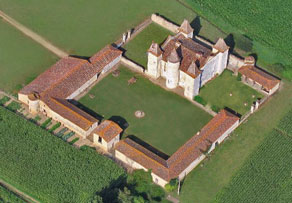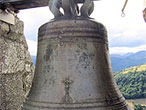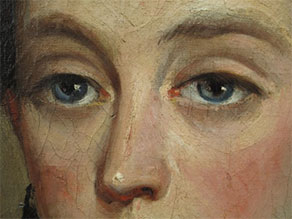The château: history
Sources regarding this land, namely publications by Abbot Michel Devert, the Borda Society and Professor Jacques de Cauna, do not go further back than the 17th century. The oldest currently known mention of the lordship is not before 1618, at which date Fortis Grenier is indicated as the lord of Caumale.
In 1666, Caumale was a “noble house”, which is to say that it ennobled its owner, according the Gascon usage, which was not recognized in the French kingdom (remember that this policy was applied quite rigorously under Louis XIV, with the fiscal goal of limiting the number of noble subjects exempt from principal taxes). The lord of Caumale paid tribute to the viscount of Marsan, who at the time was none other than the king of France. This subordinate relationship represents the trace of even older history of the fiefdom.
In 1689, Jean-Bernard Grenier was still lord.
In 1758, it seems that Caumale took on a place of greater importance, since it was qualified as a “noble chateau and garden” in Jean-Marie de Caumale’s homage. Members of the de Grenier familie remained the owners until the middle of the 19th century.
In his memoirs of the French Revolution, the count of Vaublanc and future minister of King Louis XVIII, recounts his flight along the roads of France, when he was banished:
« I met an honorable family from Condom; I spent several days with them in this city, showered with kindnesses by Madame de Caumale. Her daughter had married M. de Laborde, a gentleman who lived in the Landes de Bordeaux. I went to her home in the Château de Caumale; I crossed the Landes, and I returned to Condom. From this family, whom I had gotten to know, I received the most obliging hospitality; even though the events of the 9th of Thermidor couldn’t yet be foreseen, and it was possible that giving aid to a banished man might be dangerous. »




